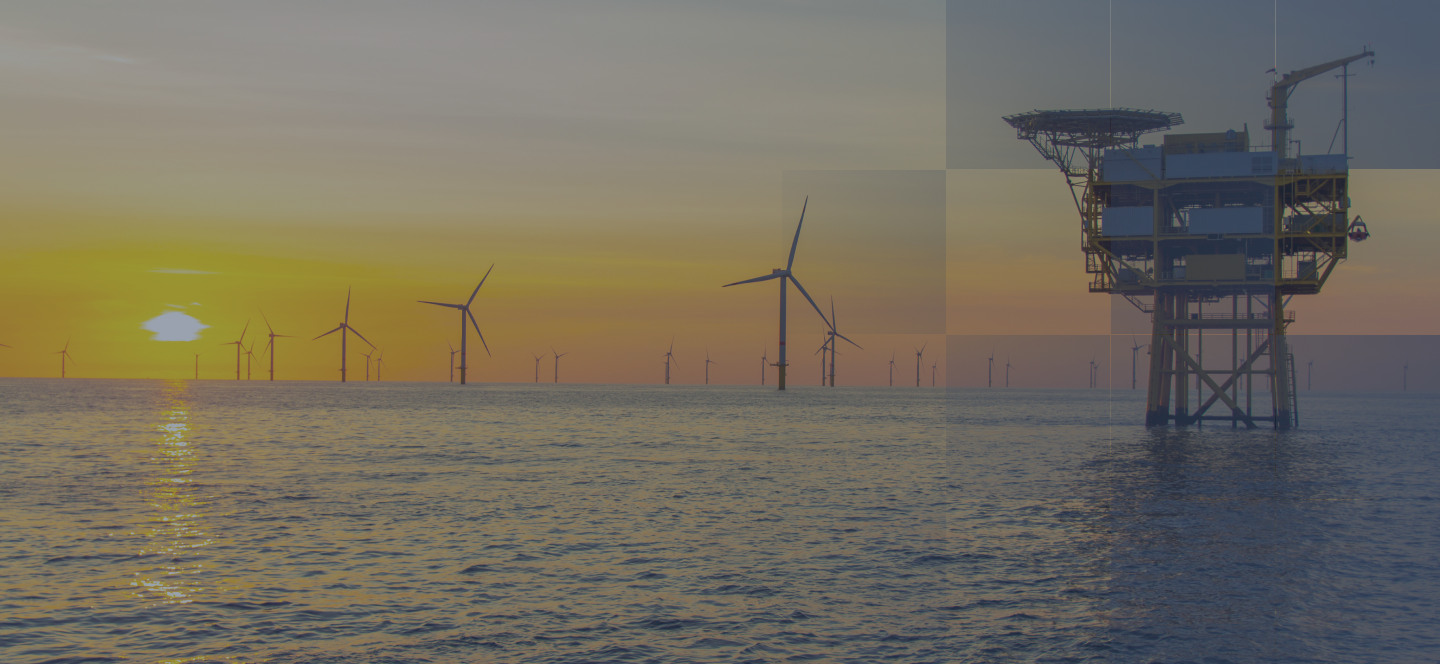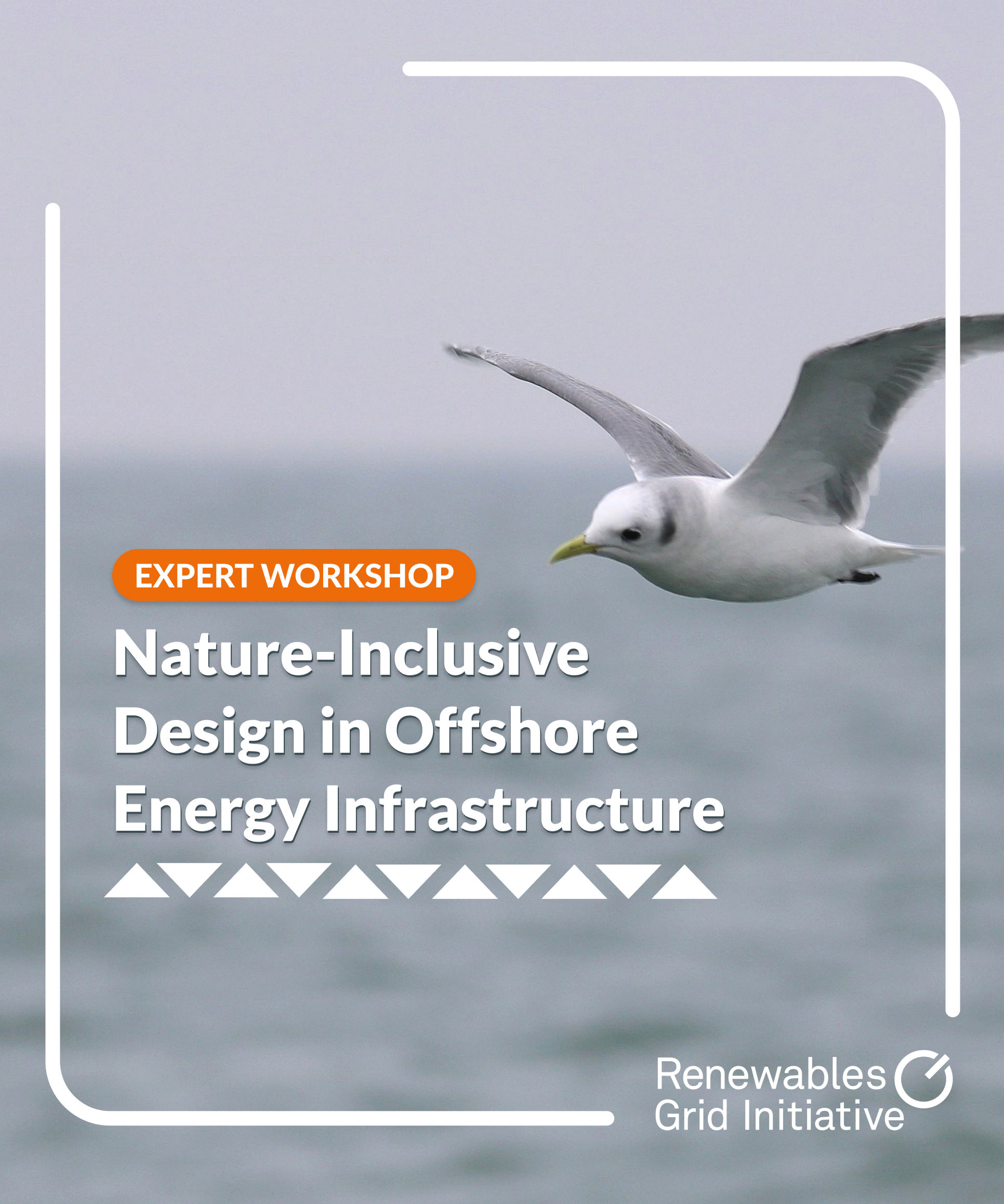Organised by: RGI and ENTSO-E
Keeping the momentum after publishing the first Offshore Network Development Plan (ONDP) in January 2024, this workshop brought together more than 20 experts from academia, industry, civil society and policymaking to explore and discuss the future of Europe’s offshore renewable energy.
Introduction
To meet decarbonisation targets, Europe needs to greatly accelerate renewable energy sources, which will be sited and implemented on land and on European seas. The offshore targets based shared by the EU Member States amount to 354 GW installed offshore capacities by 2050. This massive scale up of offshore renewables deployment requires an understanding of the infrastructure needs and how the system shall be designed to use available resources in an optimised way.
Addressing these needs and gaps, RGI organised another Modellers’ Exchange Workshop entitled “Turning the tide – Optimising Europe’s Offshore Energy Future with Holistic Planning and Engagement”.
Bringing different modelling and system planning experts together, the workshop aimed at facilitating a comprehensive understanding of the strategic identification of suitable offshore areas for energy infrastructure development. Throughout the agenda, discussions also sought to explore the different technological options for optimised offshore grid deployment, taking into account time constraints.
Promoting transparency and collaboration in data and modelling efforts to enhance decision-making processes, the sessions also addressed benefits and drawbacks of offshore and onshore hydrogen production to maximise efficiency and minimise environmental impact in the energy transition.
Based on the presented input, different solutions have been discussed among the workshop’s participants:
01
Enhancing modelling capabilities for future offshore network planning, including tools and techniques used to model offshore energy systems. Advanced modelling can help in understanding the dynamics of energy production, transmission, and consumption, facilitating better decision-making in planning future offshore networks.
02
Utilising visual tools to help stakeholders visualise potential locations for offshore infrastructure projects. Tools such as Geographic Information Systems (GIS) or interactive maps can aid in identifying suitable sites, assessing environmental impacts, and integrating offshore projects into existing maritime spatial plans.
03
Promoting cross-sectoral integration for optimisation. Coordinating activities across different sectors such as energy, transportation, and environment can maximise synergies and minimise conflicts.
04
Addressing spatial requirements and scarcity within planning processes. By conducting spatial analysis and considering scarcity factors, planners can identify optimal locations for infrastructure deployment and minimise resource constraints.
In the upcoming months, RGI will continue its involvement into the debates related to the European grid planning process, including offshore grid networks.
Summary Report
All statements in this document have been summarised by Renewables Grid Initiative based on the common understanding of the discussions carried out at the workshop. The opinions expressed in this document shall not be used to reflect the views of specific participants.
factsheet
Shaping our offshore path: Optimised Planning for Offshore Energy Development
Presentations
contact
Dr. Andrzej Ceglarz
andrzej[at]renewables-grid.euDirector – Energy Systems

Amanda Schibline
amanda[at]renewables-grid.euManager – Socio-Energy Systems




















